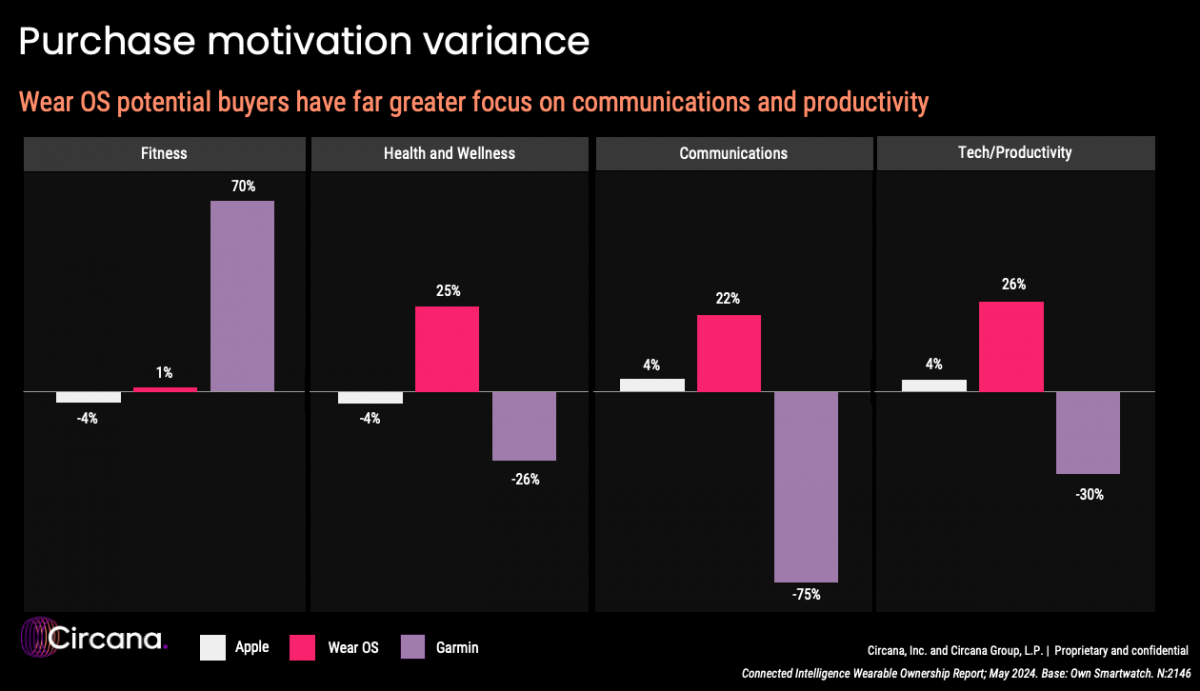
As the smartwatch market matures, the watch is heading towards an identity crisis. Is it a companion (dare I say, merely an accessory) to the smartphone or can the watch be a distinct device unto itself? I contemplated this as I sat on a beach, wearing a smartwatch that was behaving as a rather dumb device. It was dumb because I was trying to use it without a nearby phone and that created issues.
The smartwatch in question does support cellular, which I use constantly while in the US. But I was on vacation abroad and international roaming is, at best, a challenge on a smartwatch due to the limited supported frequencies packed into the tiny device. Besides, even if I could have roamed, I didn’t want to pay international roaming rates for both my phone and the watch. Besides, I assumed that I wouldn’t need to use a cellular connection on my watch as there was WiFi pretty much everywhere, so could connect the watch to WiFi for a phone-free experience. Or not, as the case turned out: the WiFi service had a “capture” page – you select the WiFi but you don’t get an Internet connection until the browser pops open and you click the “Connect” button (similar to most hotel WiFi). But, there’s no browser on a smartwatch, and so, I couldn’t get to the capture/accept page to activate the WiFi.
Of course, that’s not all bad; it was a vacation after all and disconnecting while on the beach is obviously for the best. Having said that, the WiFi limitation does seem to be an obvious miss for a smartwatch that shouldbe more than an accessory to my phone.
And that is really just the start: when you truly spend some phone-free, watch-only time, you notice more significant gaps in the watch’s app ecosystem. Key messaging apps, such as WhatsApp, Teams, Telegram, do not have a native smartwatch app. Sure, you get notifications of messages and you can respond to an incoming message (although Teams seems to somehow delay the response for me by at least two hours), but you cannot start a conversation.

This brings us back to the identity crisis. Smartwatch ownership has reached 42 percent of the US population (Connected Intelligence Wearables Ownership Report, May 2024). As a result, we are running out of consumers who buy the device because they want to track their fitness. Looking at the consumer’s smartwatch purchase motivation, we have seen a shift in focus over the past 12 months. Productivity and communication requirements have increased, especially for Wear OS devices. This is great news for the carriers as it will drive demand for cellular-connected watches, but without an influx of apps, there is a risk of buyer’s remorse among the new buyers, leading to an increase in churn.
To drive new growth, the watch needs to evolve into a more useful productivity and communications device. That means a broader range of apps, as well as smarter voice agents acting as the main interface. The latter is clearly just a matter of time, with improved intelligence (yes, that “AI” thing) being added to Siri, Google and other agents. But to truly make the smartwatch useful – particularly for consumers who bought into the dream of a cellular watch – there is a need for improved communication apps. This is particularly true as the smartwatch comes under pressure – from a health and wellness perspective – from the emerging smart ring category (more on that in a forthcoming blog).